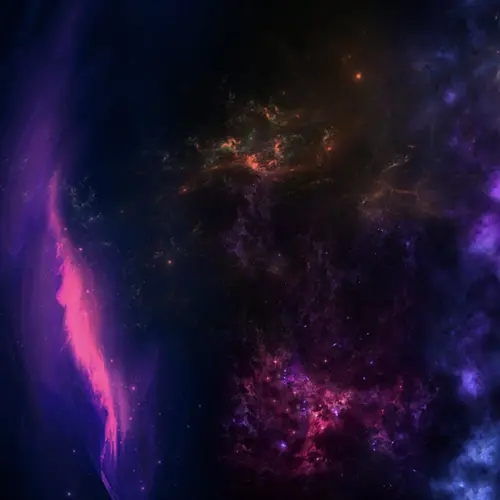
Yashar Hezaveh
Biography
Yashar Hezaveh is an associate academic member of Mila – Quebec Artificial Intelligence Institute and director of the Montréal Institute for Astrophysical Data Analysis and Machine Learning (Ciela). He is an assistant professor in the Department of Physics at Université de Montréal and the Canada Research Chair in Astrophysical Data Analysis and Machine Learning. In addition, Hezaveh is an associate member of McGill University’s Trottier Space Institute, and a visiting fellow at the Center for Computational Astrophysics at Flatiron Institute in New York and at the Perimeter Institute for Theoretical Physics in Waterloo, Ontario. He was previously a research fellow at the Flatiron Institute (2018–2019) and a NASA Hubble Fellow at Stanford University (2013–2018).
Hezaveh is a world leader in the analysis of astrophysical data using deep learning. His current research focuses primarily on Bayesian inference in AI, the goal being to learn about the distribution of dark matter in strongly lensed galaxies using data from large cosmological surveys. His research is supported by the Schmidt Futures Foundation and the Simons Foundation.


